Table of Contents
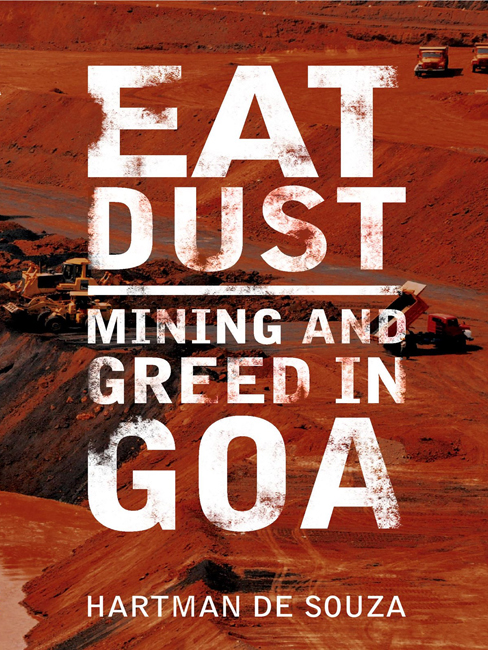
EAT DUST
MINING AND GREED IN GOA
HARTMAN DE SOUZA

To Justice Santosh Hegde, former Lokayukta, Karnataka, and his investigating officers, for uncovering the rot in Bellary; and the Justice M.B. Shah Commission and its investigating officers who uncovered the rot in Goa.
For Aki, and for Cheryl, who growled with conviction and refused the money that would take away the trees; for Peter who sowed in our heads the seeds of rebellion, and Dora, who understood as far back as 2008, that it was only civil disobedience that would save the earth. For our cousin, Sister Lisa Pires of the Presentation Sisters Convent and her colleagues for taking a firm stand against the mining.
And Hugo de Souza, damn you, you should have been alive to read the first draft, and you too Shyamsundar, why did you let that creep mess with your head?
For Beena Sorab, who was an integral part of that gang. Specially for the man who messed with Hugos and my head, Reverend Dr Albert de Mendona, Head of the Philosophy Department, St. Xaviers College, Goa.
Also Brij Raj Singh and Praful Bidwai, both of whom gave due encouragement to this manuscript, but passed away before they could read the final draft.
Mario Pinto-Almeida, old warhorse, cynical but honest advocate, I cant leave you out, can I?
And for Steve Siqueira, jazz musician, and Dr Eddie Rodrigues, sociologist, my Goan soul-brothers from East Africa and close friends and collaborators all these many years. And Godfrey Pereira, my East Indian friend and writer from wilder Mumbai days, who visited the farm twice, saw the mining and urged me to write. Also Valentino Gasper, crazy potter/sculptor/artist for many kinds of support and collaboration over many, many years; and also Olinda Fernandes, ex-Nairobi, now in Toronto, who painted Carmel College, Goa, a bright red.
Especially for Javed Anand and Teesta Setalvad, old friends from even wilder Mumbai days, who continue to inspire me in their fight for those killed in the Gujarat massacre. Your fight is our fight too. As is that of the late Bharati Roy Chowdhury, and now Ashok Chaudhary and Roma Mallick of the National Forum for Forest Peoples and Forest Workers, who, in spite of state-sponsored repression, have unswervingly supported the cause of the forests and those who live and work there.
For every Indian below the age of thirty who believes that forests and mud and water have more value than the ore.
And last, but certainly not the least, humbly placed at the feet of the other more prominent members of the BUZZ household, Ujwala Samarth, and Zuri and Zaeen (and not to forget Koko). And of course Ramesh and Prabha Samarth and their extended and very crazy family. Without such unstinting love coming my sorry way, this book would never have seen the light of day.
Only when the last tree has been cut; only when the last fish has been eaten; only when the last river has been poisoned; only then will they know you cannot eat money
A saying of the Native American Cree people
CONTENTS

It is likely that a crested serpent eagle flying at its highest can see the whole of Goa a little more than a hundred kilometres from the north to the south at its longest, and some forty or so from the east to the west at its widest with just one of its eyes.
It is actually the easiest thing in the world to circle Goa, although one should attempt this only on a Sunday given the chaos and congestion that prevails on its roads anytime between 8 a.m. and 7 p.m. on other days of the week.
I made that journey four times while writing these chronicles, thinking that I needed to see Goa the way a crested serpent eagle would.
You could begin like me, with an early breakfast at the local chai shop in Gaundongrem, close to Goas southern borders and the rivers Galgibaga and Talpona, dipping bits of crusty village bread into a bowl of spicy coconut gravy with soft diced potatoes and peas swimming in it. If the meal is had during the rains, the prized wild mushrooms picked from the surrounding hills will find their way into the curry. Breakfast is just a stones throw away from the temple of Mallikarjun, and Gaundongrem is the last village as the ribs of the ghats slowly unravel eastwards. The road then climbs past the entrance to the Cotigao Wildlife Sanctuary, snaking its way through several valleys, each delightful, beautiful. This canopy of hills breaks just before Neturlim, the last watch between the plains and the human settlements westwards, and the huge spine of the ghats that towers beyond it to the east, reducing Gaundongrem to a mere speck on the landscape.
Beyond, perhaps around prehistoric shrines dedicated to deities of centuries past and never discovered till now, lies the source of the river Kushawati, a series of hills that lets out the water needed to make this river majestic as it tumbles down through the valleys below, taking with it smaller brooks, springs and tributaries.
North from Neturlim, the drive runs adjacent to these magnificent ghats that line the eastern borders of Goa, coming in from Karnataka and going north towards Maharashtra, bringing with them corridors of wildlife that existed thousands of years before the area was taken over by human beings. At regular stages along the road, past the towns of Sanguem and Sanvordem as well as the Selaulim dam that allows south Goa to quench its thirst, you get ample evidence that precious water sources are now under siege.
Past Sanvordem, perhaps near the entrance to the Bondla Wildlife Sanctuary, one could stop for a light lunch. That depends, however, on how much of an appetite you still retain after witnessing first-hand the ravages of mining.
If you are stupid enough to make this journey on a weekday at the height of the mining season as I was you would do well to drive with the windows closed to keep the dust out baking slowly under the blazing sun as you inch your way through a never-ending line of trucks. Ahead of you are trucks going empty towards the mines, and the ones coming from the other side are overloaded with ore meant to be dumped into the barges that line the deep and easily navigable rivers Zuari and Mandovi.
One crosses smaller rivers, creeks and brooks dwindling away in a silent display of the destruction caused by mining. Probably the saddest sight of all is that of trucks being washed at the edge of these water bodies, turning their crystal clear water a dirty brown.
During the three months when the monsoon breaks and mining is forced to a halt, a drive through this corridor is all one needs to witness the destruction that humankind is capable of. For close to ninety kilometres of potholed road, you find yourself surrounded by hills shorn of trees and earth. The trucks responsible for this carnage are queued on either side of the road washed, gleaming and waiting for the mining season to start again.
On this mission to encircle Goa, past the skeletons of the hills and forests that once used to grow between Sanquelim and Bicholim, one bends northwards in a long westerly curve towards the old Portuguese fort (now a tourist resort) at Tiracol overlooking the sea. A break for some late tea, perhaps, or even a couple of tall whiskies with ice and soda to wash away memories of the unpleasant sights you witnessed along the way.



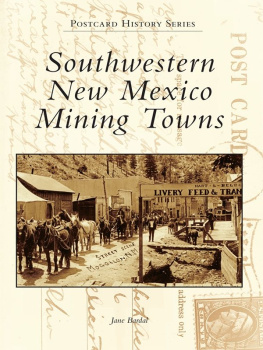
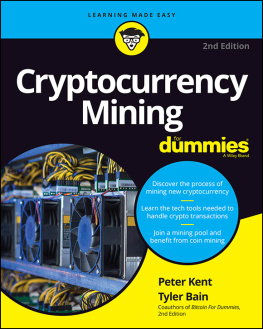
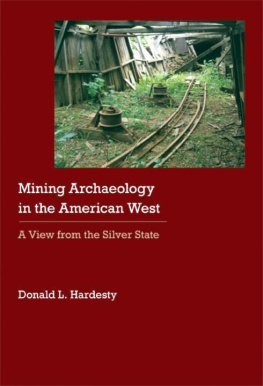
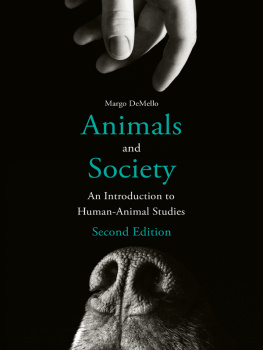

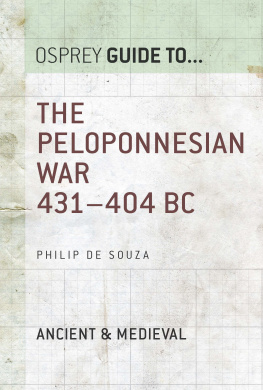
![Albert Szmigielski [Albert Szmigielski] - Bitcoin Essentials](/uploads/posts/book/119682/thumbs/albert-szmigielski-albert-szmigielski-bitcoin.jpg)



